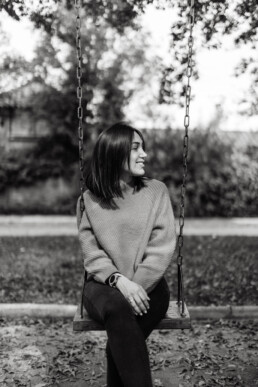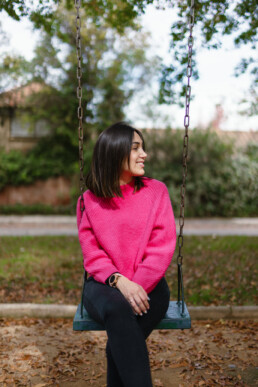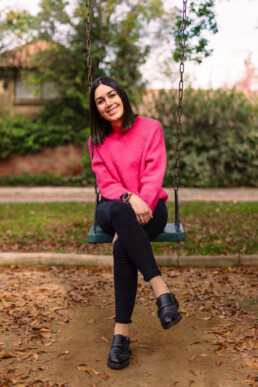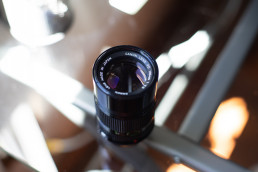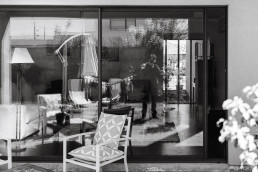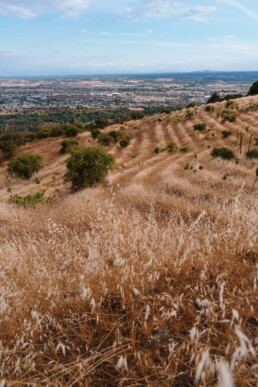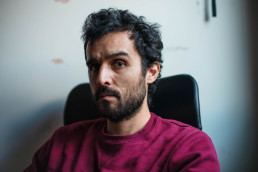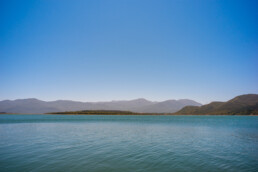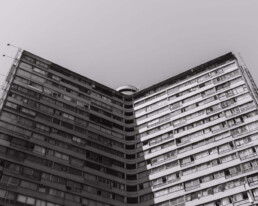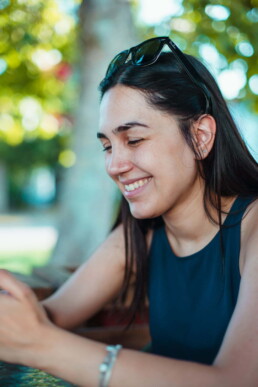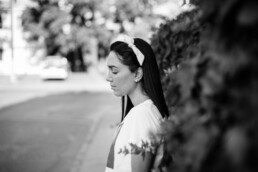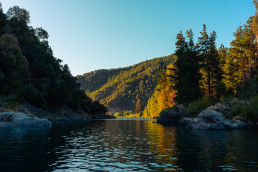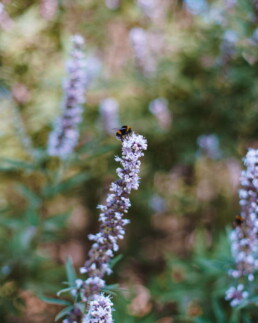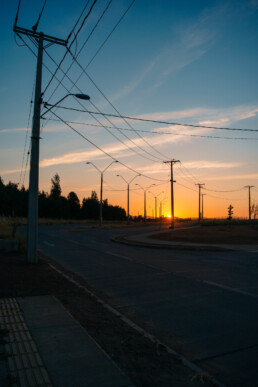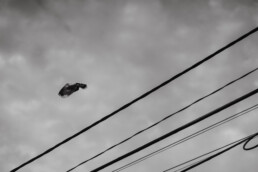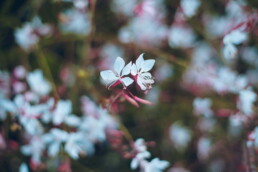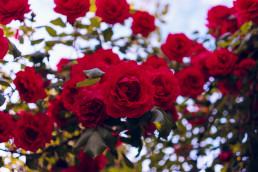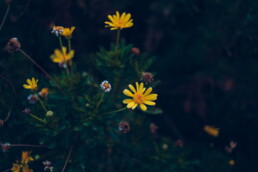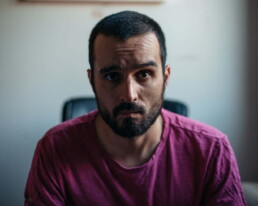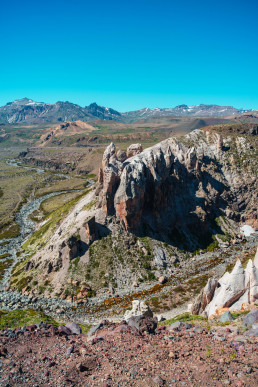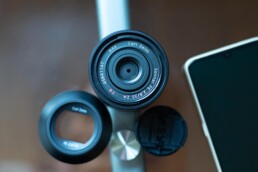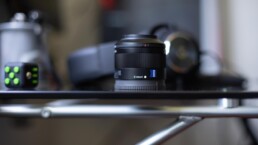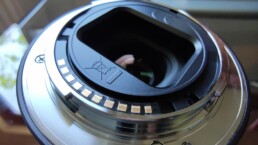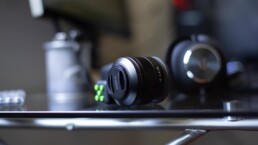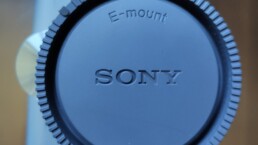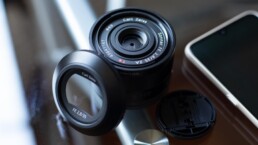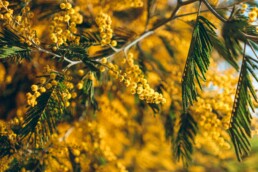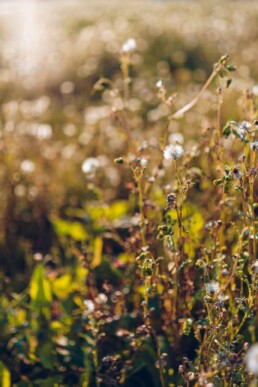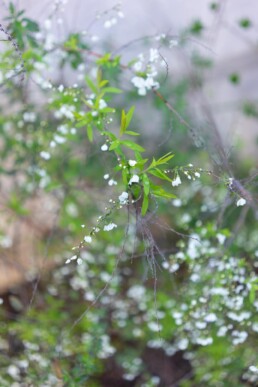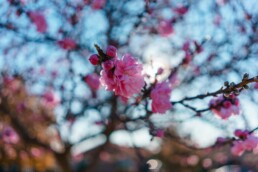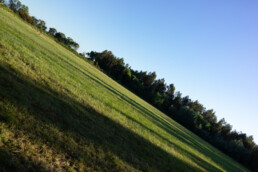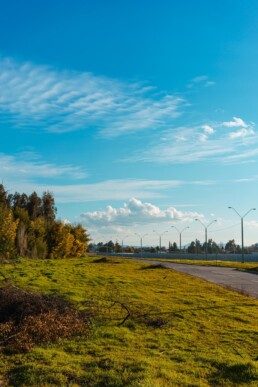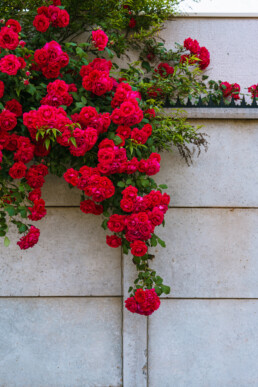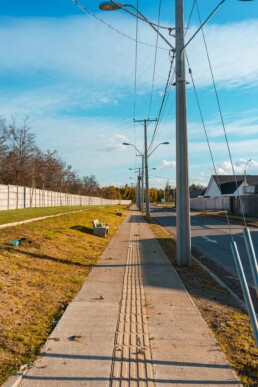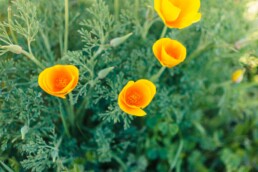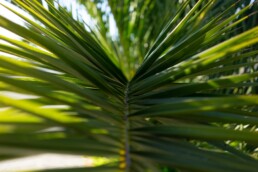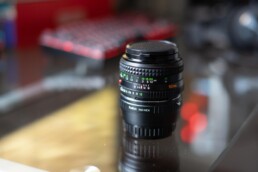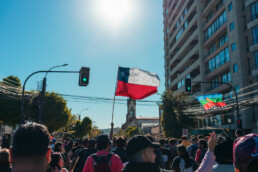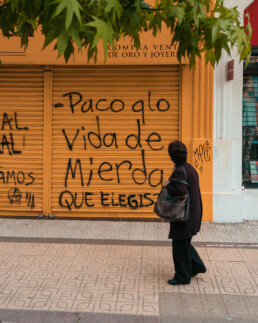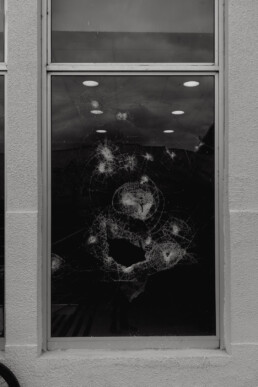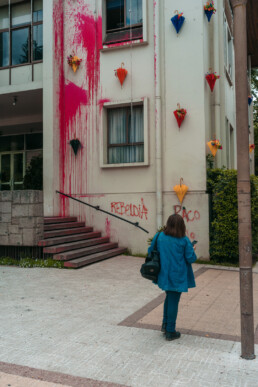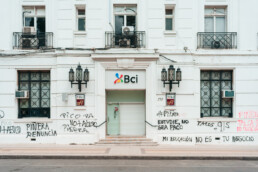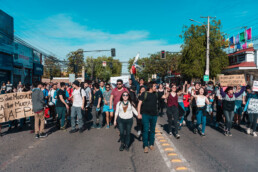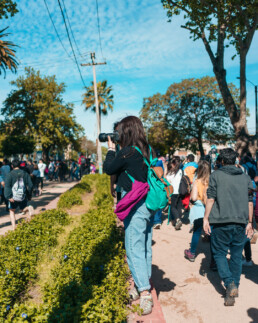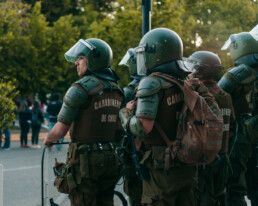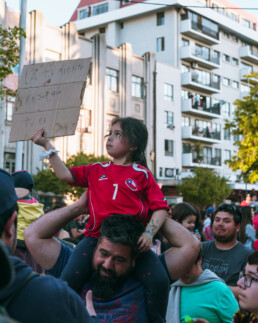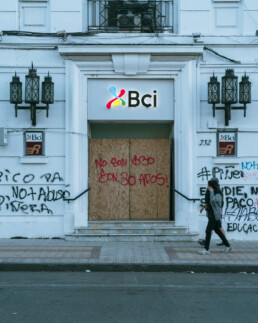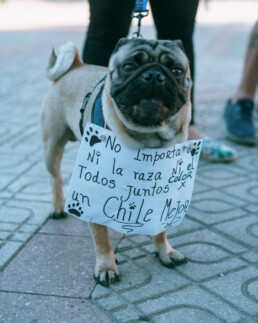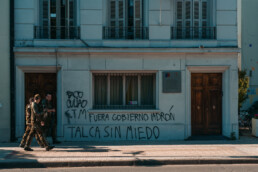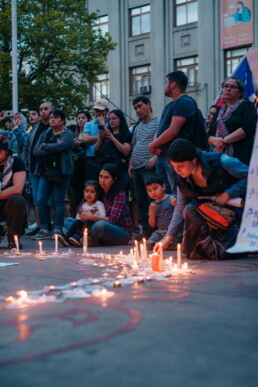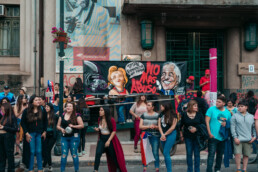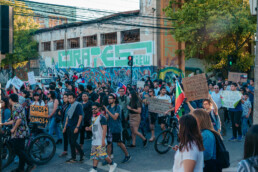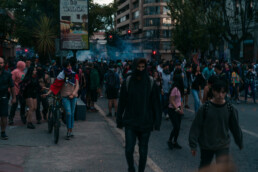Canon nFD 135mm f/3.5 - Review
Cako

Characteristics
- Lens Mount: nFD
- Type: Prime lens
- Focusing: Manual
- Construction:
- Lens Groups: 4
- Lens Element: 4
- Aperture Blades: 6
- Straight
- Min. Aperture: 3.5
- Max Aperture: 32
- Min. Focal distance: 1.3 m
- Filter Size: 52 mm
- Length: 85 mm
- Weight: 325 gr
- Hood: Yes, attached to the lens.
- Price (used): USD 20- USD 70 / Jan - 2021
- Ebay.com *
- * : Affiliate Link
- Ebay.com *
Introduction
As Canon Lenses go, the FD line up is legendary. Producing astonishingly good lenses that rivals today standard ones, and we are talking of lenses that were fabricated almost 40 years ago. This lens does not seem to falter when paired with a high resolution sensor, and its capable of producing amazing images taking into account its limitations.
So, let’s see how this lens behaves.
- All the photos in this review are from a Sony α7 II camera.
- 24mp full frame sensor.
- On body stabilization
Updates:
April 05 of 2021
- Added images for bokeh comparisons at different f-stops
Construction
Adapter
Adapting this lens to mirrorless cameras is as easy as getting the right adapter. A “nice” and budget recommendation is a K&F adapter, although there are pricier ones.
Handling
This lens is easy to transport and handle due to its light weight. This is because of the plastic and metal construction that it has, which could lead you to think that it feels flimsy, but it is the opposite. The construction of this lens has stood the test of time and the possible abuse that it can entail.
Manual Focus
In this regard, my copy has a little play in the focus ring, nevertheless is good enough to focus accurately. Focusing takes a little bit more than half a turn from close range (1.3m) to infinity. This could complicate precise focusing, but is achievable.
Bokeh
We have a long focal length, a minimum distance of 1.3 meters and a maximum aperture of 3.5. With that in mind, the bokeh produced by this lens is lovely when you manage to have a big separation between your subject and the foreground. Personally I don’t find it distracting, regardless of the background.
When the situation is right it can blend seamlessly in the photo and give an overall dreamy tone to the image. Take a look at the samples to get an overall idea of this.
Distortion
The applied profile is “Canon FD 135mm F2.5 SC” as there’s no native profile for this lens.
As such, the lens has a visible fall off in the corners, but is easily fixable with the profile and can be adjusted further if necessary.
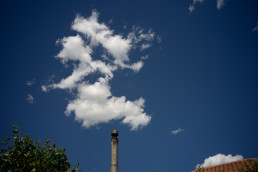

Up: No profile. / Down: Profile applied.







RAW photos are developed in Lightroom with the profile Canon FD 135mm F2.5 SC.
Sharpness

High resolution (28 mb)
- At f 3.5 it’s fairly sharp from corner to corner, but the extreme corners suffer a little bit.
- The sweet spot for sharpness is between f 5.6 and f 16. You can get usable results beyond that, but refraction kicks in and the image get degraded overall.
- Overall, a really great performer, when taking in account the little details.

Full image at f/3.5
Conclusions
This lens was a surprise, a good one. The low weight , low cost and great image quality just add to the overall good feeling that this lens gives. Granted that’s not a perfect one, the f/3.5 doesn’t help with an spectacular bokeh, or taking low light photos, At most, f/11 it’s the higher usable stop. Beyond that, refraction creeps in and images become pretty ugly. But for a light telephoto lens, for hiking or traveling, works wonderfully.
Where to buy?
- Buy: Ebay *
- * : Affiliate Link
Get one!
Buy: Ebay * / (Affiliate Link)
Support the blog!
2020 a year in photos
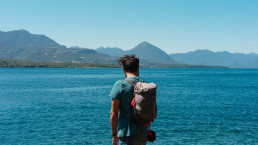
Cako
Was 2020 a bad year? No. Was a hard one? Totally.
As photography goes, a chance to rediscover the light, the editing process and the dreaded task of keeping the photo library clean and valuable, fill with memories and the work that it’s worth to keep.-
Here’s to a 2021 that has it a bit easy in hindsight.
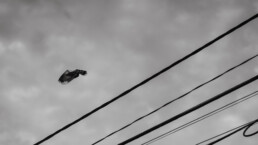
Sony FE 35mm f/2.8 ZA - Review
Cako
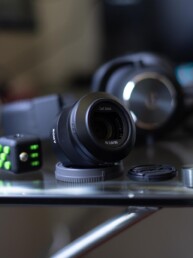
Characteristics
- Lens Mount: FE (Full frame or APSC)
- Type: Prime lens
- Focusing: Automatic or Manual (In camera setting)
- Construction:
- Lens Groups: 5
- Lens Element: 7
- Aperture Blades: 7
- Rounded
- Min. Aperture: 2.8
- Max Aperture: 22
- Min. Focal distance: 0.35 m
- Filter Size: 49 mm
- Length: 42 mm
- Weight: 120 gr
- Hood: Yes, included in the retail package.
- Length: 14.7 mm
- Weight: 12.3 gr
- Price (new): USD 798 / Oct - 2020
- Amazon *
- * : Affiliate Link
- Amazon *
- Price (used): USD 375 - USD 650 / Oct - 2020
- Ebay.com *
- * : Affiliate Link
- Ebay.com *
Introduction
The Sony FE 35mm f/2.8 ZA was launched with the original α7 cameras in 2013 as one of the main option for a “fast” wide angle lens and remains a very good choice for fulfilling the promised compactness of mirrorless cameras. Being a Zeiss lens, the image quality it’s top notch but with some caveats. The Sonnar (T*) branding is refers to the coating in this lens and with that, flare is well managed and the lens behave spectacular in direct sources of light. Being that the lens is from 2014, does it hold well 6 years later?.
- All the photos in this review are from a Sony α7 II camera.
- 24mp full frame sensor.
- On body stabilization.
Update:
December 20 of 2020.
- Added sharpness test.
February 28 of 2021
- Minor fixes.
- Added reference image for sharpness test.
Construction
This lens is very well constructed and overall gives a sturdy feeling when you manipulate it. There’s a chromed metal mount and plastic around the lens, the focusing ring is made of aluminum as well as the front barrel. According to different sites, the internals are made of plastic and the lightweight of the lens seems to indicate this.
- The included hood it’s made of an strong plastic, but it’s lightweight enough.
- The markings on the lens are engraved.
- The focus is by wire, internally activated.
- There’s a claimed dust and moisture resistant design.
- But there’s no weather sealing gasket in the lens mount.
- The ZEISS T* anti-reflective coating minimizes the flare.
- And it really seem to do the trick
Handling
To handle the lens it is necessary to interact with it through the camera. All the main functions are configurable thru it.
Auto Focus
The auto focus is reliable and fast, I recon that with newer cameras will be more reliable that with my Sony α7 II camera. Although when the light is low, it hunts a little bit more and has some trouble nailing it.
Manual Focus
The focus by wire mechanism works quite well, turning the focus ring turns the focus assist mechanism on to assist. It is important how fast the ring is turned, it is possible to go from the minimum focus (35 cm) to infinity in a fast turn, but at the same time by doing it slowly it is possible to be more precise in focus.

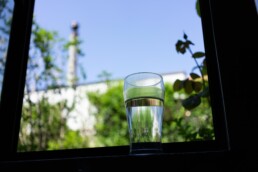
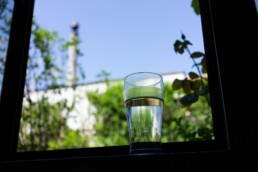
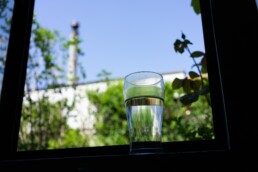
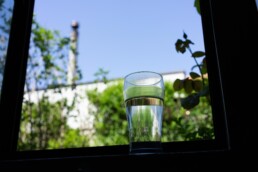

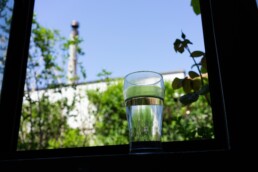

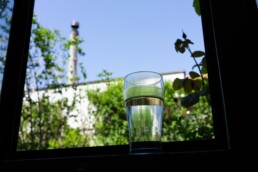



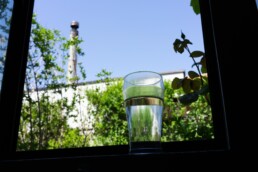

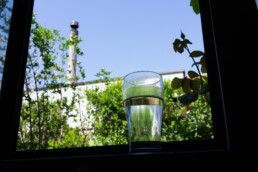

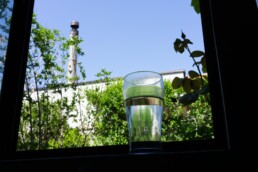

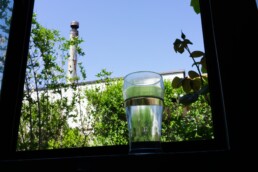
RAW photos are developed in Lightroom with the default profile for Sony FE 35mm f/2.8 ZA
Distortion
This lens has a strong falloff in the borders. In other words, the image it’s more darker at maximum aperture. This improves as the lens is stopped down. There’s a noticeable improvement when the bundled profile “Sony FE 35mm F2.8 ZA” it’s applied in Lightroom.
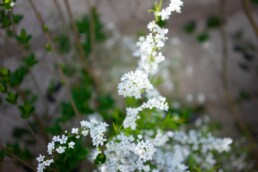
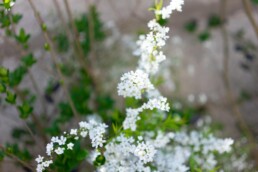
Up: No profile. / Down: Profile applied.
Sharpness
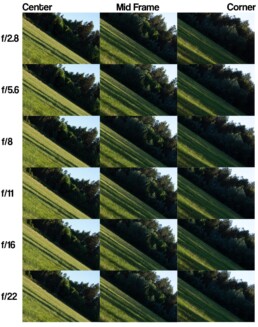
High resolution (19mb)
- As expected, in f/2.8 the center is tack sharp but the corners not.
- From f/5.6 overall image is sharp, although in some case extreme corners tend to suffer a bit.
- At f/8 all the image is sharp (as far as I can check), no major aberrations or distortion.
- At f/11, image is still tack sharp but lower than that diffraction start to creep in.
- At f/22 the loss of contrast and detail is noticeable.
Full image at f/2.8
Conclusions
You can’t go wrong with a compact lens in a compact body. There’s a inner joy in handling a low weight / compact camera and be able to carry it in a a pocket jacket or around the neck with out hurting you. In addition to that, if the quality of the images that you get it’s superb you get a nice combo in your hands.
The image quality is superb at f/2.8 but doesn’t improve that much when you stop down the aperture. At f/8 corner to corner quality and sharpness is excellent although at f/16 some dispersion start to creep in in the corners. The construction it’s amazing, no doubt about it but nevertheless, if you drop it or bang it would hurt a lot more than a cheaper lens. The included hood is a must for this reason and to help a little bit with reflections, but the coatings do indeed do a marvelous work in avoiding this.
With that apart, I found it to be a very boring lens. I had a Rokinon/Samyang 35mm f/2.8 that I sold to switch to this and certainly the build quality is far superior, but the image quality it’s leveled between both lenses. In addition to that the AF performance is a little bit better in this lens than the Rokinon, but if your not relying on it there’s hardly any justification for the switch.
Don’t get me wrong, if this is your fist lens and you like to use AF this would be an excellent choice, but I would buy it used. There’s no justification for the price tag of this lens at this stage of the Sony mirrorless life. There’s other options that would produce the same image and that’s what matter the most.
Alternatives.
- Samyang/Rokinon 35mm f / 2.8
Where to buy?
- Buy: Ebay *
- * : Affiliate Link
Get one!
Buy: Ebay * / (Affiliate Link)
Support the blog!
Minolta MD Rokkor-x 50mm f/1.4 - Review
Cako

Characteristics
- Lens Mount: Minolta SR (MD, MC)
- Type: Prime lens
- Focusing: Manual
- Construction:
- Lens Groups: 7
- Lens Element: 6
- Aperture Blades: 6
- Min. Aperture: 1.4
- Max Aperture: 16
- Min. Focal distance: 0.45 m
- Filter Size: 49 mm
- Length: 40 mm
- Weight: 230 gr
- Hood: -
- Price (low - high): USD 60 - USD 90 / Oct - 2020
- Adapter: K&F concept USD 24.99 / Oct - 2020
- * : Affiliate Link
Introduction
This Minolta lens was my first approach to Minolta glass. Suffice to say that I’m sold on the quality of this lens and the longevity it’s a prove of this. This fast prime with a maximum aperture value of 1.4 , produce amazing colors and has some incredible rendering and character.
Photos at all the aperture ranges are usable within they limitations; center is awesome from 1.4 to 5.6 and at f8 to f11 corner to corner sharpness is excellent.
- All the photos in this review are from a Sony α7 II camera.
- 24mp full frame sensor.
- On body stabilization.
Construction
- Lens is all metal with plastic focusing ring, feels incredible solid and easy to handle.
- The aperture selector clicks in each stop and there are half stops between f/2 and f/11.
- There’s a distance indicator printed in the front barrel of the lens.
- From minimum distance of 0.45m to infinity.
- Also in ft.
- From minimum distance of 0.45m to infinity.
- Using a K&F adapter (link) for mounting it to Sony cameras (E mount) adds 30mm to the total length.
The major downside of buying used lenses from internet it’s that usually the sellers are not photographers and the inspection done to them is mainly done visually. Therefore, you have to be careful when choosing a seller and a lens.
Adapter
The K&F adapter used is well constructed and has a nice fit. The lens and the adapter add a hefty weight to the camera. With it on in tends to tip over the lens if you leave it on a flat surface. You can feel the weight of the lens when you hold the camera by the grip, although it’s not tiresome.
Bokeh
At maximum aperture (f/1.4) this lens produces rounded bokeh balls in the center of the frame and more “cat eyes” in the corners. Personally, I don’t find it distracting or busy at any range and I think that add character to the image. With that said, when you stop down the lens the bokeh balls gain an hexagonal shape, produced by the 6 apertures blade on the diaphragm. Some may find this distracting or ugly, but being that this is a matter of personal preference the photo examples are the best way to make a choice.
Samples
The photos are processed in Lightroom, primarily are color corrected and adjusted for personal preference. There’s no extra sharpening added.








RAW photos are developed in Lightroom using the “Minolta MC ROKKOR-X PG 50mm f1.4” profile.
Distortion
As difficult as it is to find some profiles for lens corrections the bundled ones in Lightroom (Classic, 2020 version) seems to work really well (sometimes). In this case, I’ve used the bundled Minolta profile “Minolta MC ROKKOR-X PG 50mm f1.4“.


Up: No profile. / Down: Profile applied.
Sharpness
At maximum aperture this lens it’s completely usable. it renders a nice glow that can be useful in portraits. However, it must be taken into account that only the central part has sufficient definition, the edges suffer a lot in this aperture.
Stopped down the lens start to get sharper a cross the frame and delivers resolution on par with modern counterparts.
Conclusions
As classic lenses go this is one of my favorites. In the film era, every big camera manufacturer had a 50mm F/1.4. In other words, that was the maximum aperture you had at your disposal (for some time at least).
I’ve tested the Canon and the Pentax 50mm f/1.4 lenses, however this Minolta takes the crown. This lens has a lot of usability at maximum aperture and stopped down only improves the image. On top of that, the lens produces nice and warm colors straight out of the camera and with a little bit of love in post the results can be astounding. With that in mind, there’s a price to be paid to get it. It’s not the cheapest 50mm f/1.4 but If you get a good copy, it’s totally worth the price.
Key points to consider if you grab one.
- You like manual lenses and the feeling that comes with them.
- Extra weight it’s not a problem.
- Being patient in taking photos.
- A different rendering for your photos, less flawless and more “natural”
- Saving (usually) some money and have fun in photography! 😀
That’s about it. Thanks for reading! leave a comment if you like or ask away! I’ll do my best to answer.
Cako.
Get one!
Ebay.com * / (Affiliate Link)

